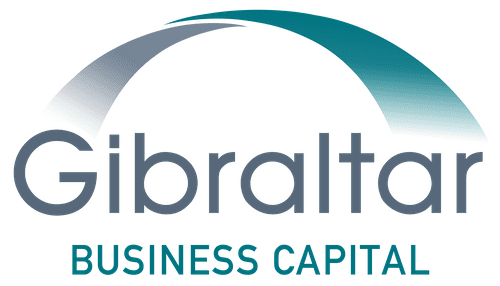A cash flow statement shows the inflows and outflows of cash for your business. Our Cash Flow Series Part 1 offers information on how to prepare a cash flow statement. Once your statement is prepared, data gleaned from it can be used to calculate specific financial ratios that indicate how liquid and viable your company is.
If you are planning to seek financing for the growth of your business, these ratios are especially important. Either lenders or private equity firms will need to see key metrics for your business (See Cash Flow Series Part 2), and cash flow analysis is a strong indicator of current company solvency and viability. In addition, many lenders and investors want to see a cash flow statement because it helps to validate your income statement.
What Is the Operating Cash Flow Ratio?
Operating Cash Flow Ratio = Operating cash flow/Current liabilities
The operating cash flow ratio helps gauge your company’s short-term liquidity by measuring its ability to pay off its current liabilities. A number greater than one indicates the ability to pay off current liabilities with the cash generated in the specified period, while a number less than one indicates the opposite. To investors, a low ratio could mean your firm needs more capital.
However, companies may also show low operating cash flow ratios in the wake of a major investment that temporarily lowers cash flow in exchange for future growth.
What Is the Cash Flow Margin Ratio?
Cash Flow Margin Ratio = Operating cash flow/Net sales
The cash flow margin ratio measures the ability of your company to convert sales into cash. The higher the percentage generated by this ratio, the better a company’s efficiency and profitability. A negative number in the numerator indicates a company is losing money even as it is generating sales revenue and will need to borrow or attract investors to continue operating.
What Is the Asset Efficiency Ratio?
Asset Efficiency Ratio = Operating cash flow/Total assets
This basic ratio indicates how well your company is utilizing its assets to generate cash flow. This ratio should be compared to the average in your industry. Any investor or lender will want to see how efficiently you are employing the assets you have.
What Is the Fixed Charge Coverage Ratio?
Fixed Charge Coverage Ratio = EBIT (earnings before interest and taxes) + Fixed Charges Before Taxes/Fixed Charges Before Taxes + Interest
Fixed Charge Coverage measures your company’s capacity to cover its fixed charges, such as rent, payroll and equipment leases, with your income before interest and income taxes. This ratio can be viewed as a solvency ratio, because it shows how easily a company can pay its bills when they become due. Lenders use this ratio to see how much cash flow a company has for debt repayment.
Several other cash flow ratios may be of interest to you, potential lenders or investors, depending on the specific circumstances of your business. These include the interest coverage ratio, long term debt coverage ratio, and external financing index ratio, all of which measure your company’s dependence on, or ability to effectively manage, debt.
One important thing to remember when calculating any of these cash flow ratios is that it’s important to compare your ratio with those of your competitors, rather than looking at them in a vacuum. Different industries, in different markets, may have differing acceptable ratio standards.


